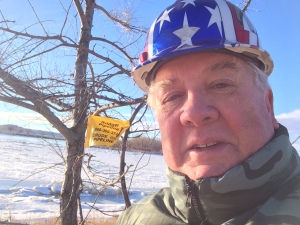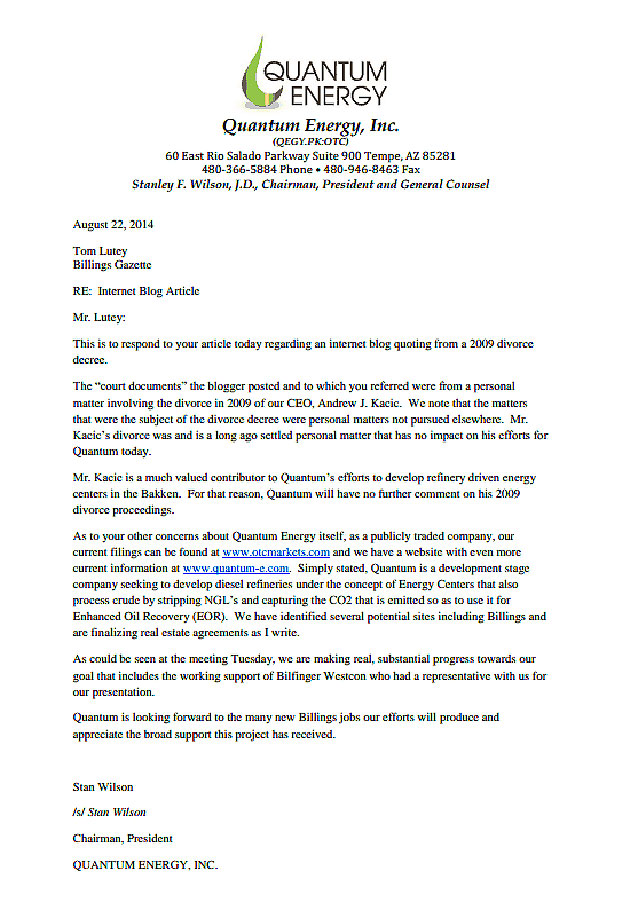Will falling shale oil production lead to a reduction in crude-oil prices
 U.S. Energy Information Administration
U.S. Energy Information Administration
Oil production from the Bakken and Eagle Ford shale plays in the U.S. has been falling since March, but traders shouldn’t be quick to assume that will translate into lower supplies and higher prices.
Total oil output from seven major U.S. shale regions is expected to fall by 118,000 barrels a day to about 4.95 million barrels a day in December, according to the Energy Information Administration’s monthly Drilling Productivity Report released Monday. The data show that production from the Bakken and Eagle Ford shale regions are both likely to show declines next month, which would mark 10 months in a row.
Read: Discontent with OPEC spills into the open
“Bakken oil producers are still going after the low hanging fruit and leaving the high ones until prices go back up,” said Bob van der Valk, senior editor of the Bakken Oil Business Journal
Indeed, analysts have been quick to attribute the declines to low oil prices, with West Texas Intermediate crude futures CLZ5, -2.58% down more than 17% year to date—and some have said that once a trend of production declines forms, higher oil prices will follow.
“There is no evidence at current prices that rig drilling activity will recover any time this year, so we can expect ever lower production every month well into 2016,” said James Williams, energy economist at WTRG Ecomomics.
He expects December production in the shale plays to be down 550,000 barrels a day from the peak seen in April.
But a closer look shows that production from the Permian Basin, which is located in West Texas and southeastern New Mexico, is forecast to climb by 11,000 barrels a day to roughly 2.02 million barrels a day next month. Output from that shale play has been climbing all year.
 U.S. Energy Information Administration
U.S. Energy Information Administration
“Right now, the Permian looks like the most profitable play,” said Michael Lynch, president of Strategic Energy & Economic Research (SEER).
That is due in part to location, he said. The Eagle Ford shale play is in South Texas, but Bakken Shale is located in eastern Montana and Western North Dakota as well as parts of Canada.
“You have to bring workers from outside North Dakota and so salaries for everything, even hamburger flippers, is elevated,” Lynch said. “Much less so in Texas.”
‘Quite possibly, the redeployment of money, rigs and personnel to the Southwest will mean that even low drilling activity allows shale-oil production to expand.’ ~ Michael Lynch, SEER
So, “quite possibly, the redeployment of money, rigs and personnel to the Southwest will mean that even low drilling activity allows shale-oil production to expand,” he said.
Williams, however, pointed out that the EIA report shows that the number of new oil barrels we can expect per rig showed no improvement in the Eagle Ford and Bakken, and the increase in the Permian was “minimal.”
“Previously, the barrels per rig often showed substantial gains as drillers became more efficient and focused drilling to the sweet spots,” said Williams. “We cannot expect efficiency gains at the same level that we experienced over the last year.”
Still, Lynch noted three key reasons why oil prices won’t climb soon: higher shale output, the return of Iran’s oil to the global market as sanctions are lifted following its nuclear agreement with western powers, and production increases elsewhere in the world.
The combination of those factors will mean there is “no room for prices to rise,” he said.
Retrieved 11-11-15 from MarketWatch.


















